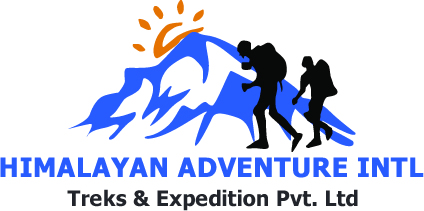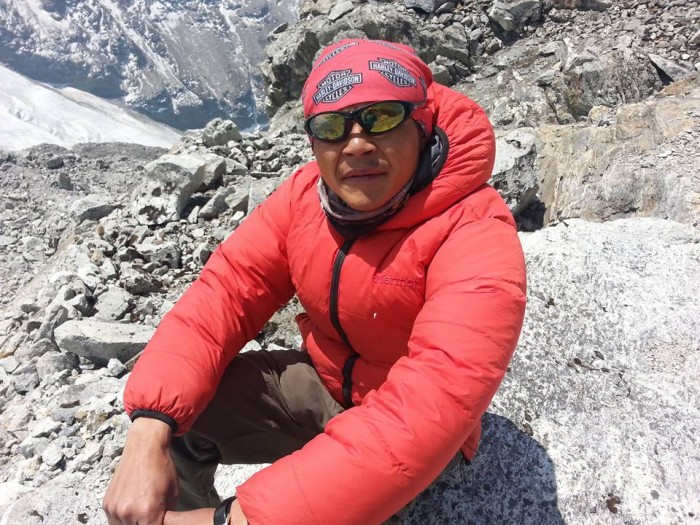Explore the Enchanting Limi Valley Trek with Himalayan Adventure Intl Treks
Limi Valley, situated in the far north-western corner of Nepal's Humla District, is a pristine high-altitude valley bordering Purang County of Tibet, China. Known for its remote beauty and cultural richness, Limi Valley offers an unforgettable trekking experience for adventurers seeking to explore uncharted territories.
Administrative Overview
Limi Valley is part of the Namkha rural municipality within the Humla district of Karnali Province. Historically known as the Limi Village Development Committee (VDC), the valley was home to 988 individuals in 169 households according to the 1991 Nepal census. This number slightly decreased to 904 by the 2011 census.
Geography and Settlements
The valley is traversed by the Limi River, a tributary of the Humla Karnali River, and hosts three main settlements: Dzang, Halji, and Til. Dzang is located at an elevation of 3,920 meters, Halji at 3,700 meters, and Til at 4,100 meters above sea level. Halji village rests on the southern slopes of the majestic Gurla Mandhata massif.
Journey to Limi Valley
Reaching Limi Valley involves a journey to Simikot, the headquarters of Humla district. The primary means of travel to Simikot is a flight from Nepalgunj, although trekking on foot for several days is also an option. From Simikot, trekkers can take one of two routes to Limi Valley. The first follows the Humla Karnali River upstream to Hilsa, crosses the river, and then climbs eastward to Til village, taking 5-7 days. The second route diverges at the confluence of the Salli Khola and Humla Karnali rivers, ascends the 4,995-meter-high Nyalu Lagna pass, and reaches Limi Valley near Takche after 4-5 days.
A permit is required to visit the northern areas of Humla, including Simikot and Limi Valley.
Cultural Richness
The inhabitants of Limi Valley, known as Limey, practice Drikung Kagyu Tibetan Buddhism. Each village has a small gonpa (monastery), with the Rinchenling Gonpa in Halji being particularly notable. Built-in the 11th century by Lotsawa Rinchen Zangpo, this monastery bears significant resemblances to the Tabo Monastery in Spiti Valley, India.
Agriculture, pastoralism, and trade are the traditional economic activities in Limi Valley. The valley has maintained close cultural and economic ties with neighboring Tibet over the centuries. The Lapcha La pass, on the border with Tibet, offers breathtaking views of Lake Manasarovar and Mount Kailash on clear days.
Wildlife and Natural Beauty
Limi Valley is home to a diverse array of wildlife, including snow leopards, Himalayan wolves, Tibetan foxes, Tibetan gazelles, kiangs, argalis, Himalayan brown bears, and Himalayan blue sheep. The valley also saw the reappearance of the wild yak, previously thought extinct in Nepal, in 2014. Bird enthusiasts will find the area rich in avian diversity.
Climate Change Impact
Since 2004, Glacial Lake Outburst Floods (GLOFs) have posed significant threats to Halji village and the Rinchenling Monastery, with scientists attributing these events to global warming and climate change.
A Hidden Shangri-La
Due to its remoteness and well-preserved Tibetan heritage, Limi Valley is often referred to as 'Shangri-La' by those who visit. Zen Buddhist teacher Joan Halifax has even called it a 'beyul', a hidden land of spiritual significance. The valley’s allure was further highlighted when Indian guru Sadhguru visited to view Kailash-Manasarovar from the Lapcha La pass in September 2021.
Embark on Your Limi Valley Adventure
Join Himalayan Adventure Intl Treks for an extraordinary journey to Limi Valley. Immerse yourself in its serene landscapes, rich culture, and unparalleled natural beauty. Discover why this hidden gem in the Himalayas is a trekker’s paradise.

 Plan Your Trip Now
Plan Your Trip Now 


